
Derek Nighbor
Canada’s forest-dependent communities are at a critical point. Rising global demand creates an opportunity to bring more Canadian wood products to the world, while simultaneously growing jobs, building more homes, and reducing fire risks here at home. But as the Canadian economy faces significant upheaval and needs to transform, the industry and its 200,000 employees can’t do it alone. The current trade environment is volatile. Increased duties on softwood lumber exports to the US and related trade uncertainty threaten Canadian forestry’s ability to deliver at scale. …Securing the best possible outcome at the Canada-US negotiating table is job one. Exports remain the foundation of the sector and the livelihood of forest-dependent communities. Concurrent to that, we need the federal government to focus on the policy levers we can control.
The Canadian government can act now by implementing three priorities: Designating domestic wood as a strategic material in its Build Canada Homes recommendations prioritizes made-in-Canada forest products in federal housing projects to reduce emissions, accelerate build times, and support rural and northern job creation. …By strengthening competition and accountability among carriers and growing investment in trade corridors, Canada can markedly improve supply chain performance for all economic sectors. …Improving competitiveness through smarter regulation—a new approach that leverages provincial systems, reduces duplication, focuses on outcomes, and will make Canada a destination for more strategic investment in infrastructure and people. …Despite the challenging headwinds and uncertainty that abound, Canadian forestry sees a path forward to transformation and growth. That path must be anchored in a new partnership with the federal government—one that stabilizes the sector, creates greater certainty and predictability in regulation, and allows us to bring more innovative, sustainably-sourced, Made in Canada wood products to Canada and the world.
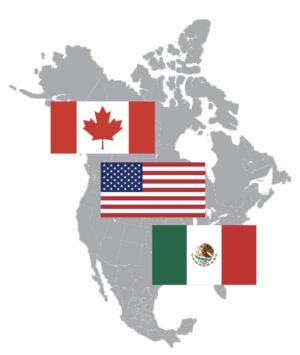 Canada is expected to announce it’s launching formal consultations on the North American trade pact within the next week, after the Trump administration kicked off its own review and the US ambassador said a larger deal is “not going to happen” soon. Canada-US Trade Minister Dominic LeBlanc’s office said the government is expected to imminently post an official notice seeking the public’s comments and feedback about the Canada-US-Mexico Agreement (CUSMA). In preparation for the review, “Canada will be engaging with Canadian industry leaders, provinces and territories and Indigenous partners,” LeBlanc’s office said. The US announced Tuesday it’s formally starting consultations to evaluate the agreement’s results over the past five years. …The formal negotiations to review CUSMA could begin in early 2026. …The prime minister and several ministers are headed to Mexico… an effort to shore up support ahead of the CUSMA review.
Canada is expected to announce it’s launching formal consultations on the North American trade pact within the next week, after the Trump administration kicked off its own review and the US ambassador said a larger deal is “not going to happen” soon. Canada-US Trade Minister Dominic LeBlanc’s office said the government is expected to imminently post an official notice seeking the public’s comments and feedback about the Canada-US-Mexico Agreement (CUSMA). In preparation for the review, “Canada will be engaging with Canadian industry leaders, provinces and territories and Indigenous partners,” LeBlanc’s office said. The US announced Tuesday it’s formally starting consultations to evaluate the agreement’s results over the past five years. …The formal negotiations to review CUSMA could begin in early 2026. …The prime minister and several ministers are headed to Mexico… an effort to shore up support ahead of the CUSMA review. Prime Minister Mark Carney is embarking on a pivotal meeting with Mexican President Claudia Sheinbaum, just as the United States officially launches the process to review the North American trade agreement. The Office of the US Trade Representative will seek public comments on the Canada-US-Mexico Agreement (CUSMA) over 45 days and has scheduled a public hearing in November. Public consultation is required by law and is a clear sign that the Trump administration is preparing to renegotiate, not just review, the trilateral agreement, says Eric Miller, president of Rideau Potomac Strategy Group. Under the current agreement, Canada’s trade with the U.S. is 85% tariff free, but that could change when CUSMA expires next June. …It’s under this pressure that Carney is meeting with Sheinbaum to
Prime Minister Mark Carney is embarking on a pivotal meeting with Mexican President Claudia Sheinbaum, just as the United States officially launches the process to review the North American trade agreement. The Office of the US Trade Representative will seek public comments on the Canada-US-Mexico Agreement (CUSMA) over 45 days and has scheduled a public hearing in November. Public consultation is required by law and is a clear sign that the Trump administration is preparing to renegotiate, not just review, the trilateral agreement, says Eric Miller, president of Rideau Potomac Strategy Group. Under the current agreement, Canada’s trade with the U.S. is 85% tariff free, but that could change when CUSMA expires next June. …It’s under this pressure that Carney is meeting with Sheinbaum to 
 VANCOUVER — Canfor Corporation announced that its 77%-owned subsidiary, Vida AB, has completed the acquisition of AB Karl Hedin Sågverk. The transaction,
VANCOUVER — Canfor Corporation announced that its 77%-owned subsidiary, Vida AB, has completed the acquisition of AB Karl Hedin Sågverk. The transaction, 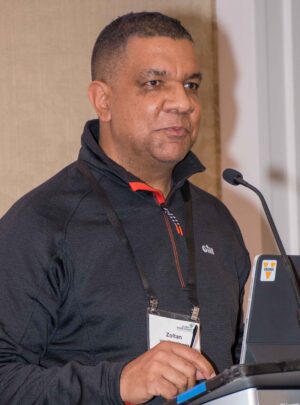
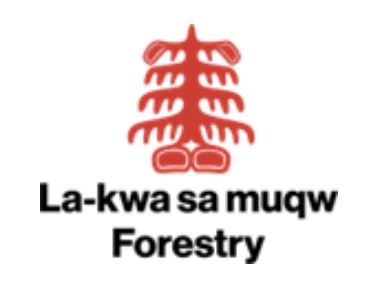 Campbell River, British Columbia: La-kwa sa muqw Forestry Limited Partnership (LKSM) has been working to bring closure to the strike, which began on June 6, 2025, in a way that supports strong, positive, and enduring relationships between First Nations and other participants in the forestry sector in their territories and allows everyone to move forward together. Despite LKSM’s repeated efforts to achieve a negotiated resolution—including multiple applications for mediation and requests for special government intervention, the USW has continued to refuse both direct bargaining and third-party mediation. This now leaves legal action as the only available recourse to advance the interests of all parties and communities affected by the dispute. …This situation has left LKSM with no other option than to pursue a legal remedy that will remove this impediment to progress and enable resumption of negotiations.
Campbell River, British Columbia: La-kwa sa muqw Forestry Limited Partnership (LKSM) has been working to bring closure to the strike, which began on June 6, 2025, in a way that supports strong, positive, and enduring relationships between First Nations and other participants in the forestry sector in their territories and allows everyone to move forward together. Despite LKSM’s repeated efforts to achieve a negotiated resolution—including multiple applications for mediation and requests for special government intervention, the USW has continued to refuse both direct bargaining and third-party mediation. This now leaves legal action as the only available recourse to advance the interests of all parties and communities affected by the dispute. …This situation has left LKSM with no other option than to pursue a legal remedy that will remove this impediment to progress and enable resumption of negotiations.


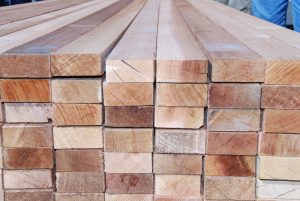 When the Trump administration more than doubled import fees on Canadian softwood lumber earlier this year, the goal was to support domestic prices and boost US production. Instead, prices have plunged, and mills on both sides of the border are scaling back. A benchmark for the commodity mostly used in construction has plunged 18% since an August peak to the lowest in seven months, driven by sluggish homebuilding activity and a glut of inventory. The drop shows how protectionist measures aren’t always enough to protect domestic industries from broader market dynamics at a time when high interest rates and elevated costs are squeezing consumers and weighing on their confidence, dampening demand for new homes. …“The US producers were looking for more of a price bump from the duties, and they didn’t get one,” said Brooks Mendell, at Forisk Consulting. “The interpretation of that is, well, the demand isn’t there.”
When the Trump administration more than doubled import fees on Canadian softwood lumber earlier this year, the goal was to support domestic prices and boost US production. Instead, prices have plunged, and mills on both sides of the border are scaling back. A benchmark for the commodity mostly used in construction has plunged 18% since an August peak to the lowest in seven months, driven by sluggish homebuilding activity and a glut of inventory. The drop shows how protectionist measures aren’t always enough to protect domestic industries from broader market dynamics at a time when high interest rates and elevated costs are squeezing consumers and weighing on their confidence, dampening demand for new homes. …“The US producers were looking for more of a price bump from the duties, and they didn’t get one,” said Brooks Mendell, at Forisk Consulting. “The interpretation of that is, well, the demand isn’t there.” 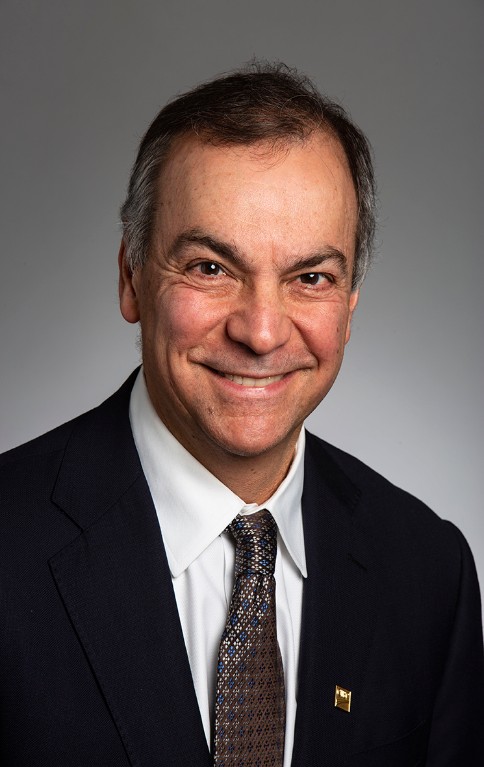

 Major concerns are being expressed on both sides of the border regarding the higher US duties on Canada’s softwood lumber. …The current 35.19% duty, along with any steeper tariff, is detrimental to US homebuilders and homebuyers longer term, warns Rose Quint, of NAHB Survey Research. Higher mortgage rates of 6% to 7% since 2022 have already weakened housing demand and caused lumber prices to edge downwards. The real effect of tariffs might be delayed by wholesalers having stocked up building materials earlier in the year to avoid higher tariffs “Years of building above and beyond our traditional baseline is required to make up the 1.5 million deficit that we have in new housing units,” Quint adds. …Affordability challenges already existed and will be further worsened by the higher costs. …The overriding hope among the Canadian producers and American homebuilders is that a suitable agreement will be reached between the US and Canada.
Major concerns are being expressed on both sides of the border regarding the higher US duties on Canada’s softwood lumber. …The current 35.19% duty, along with any steeper tariff, is detrimental to US homebuilders and homebuyers longer term, warns Rose Quint, of NAHB Survey Research. Higher mortgage rates of 6% to 7% since 2022 have already weakened housing demand and caused lumber prices to edge downwards. The real effect of tariffs might be delayed by wholesalers having stocked up building materials earlier in the year to avoid higher tariffs “Years of building above and beyond our traditional baseline is required to make up the 1.5 million deficit that we have in new housing units,” Quint adds. …Affordability challenges already existed and will be further worsened by the higher costs. …The overriding hope among the Canadian producers and American homebuilders is that a suitable agreement will be reached between the US and Canada. 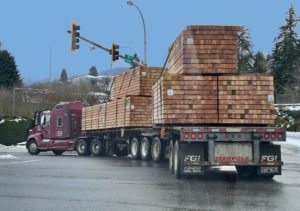 Higher duty rate and possible additional tariffs have transportation modes on edge. The softwood lumber dispute threatens to have repercussions on various transportation modes, particularly trucking. “Our members are saying their business is still okay, even with the softer rates due to mill overcapacity, but they’re worried that if anyone pushes on this wall with more tariffs, there’s nothing to hold it up,” says Dave Earle, the BC Trucking Association’s CEO. …Trucking has already been dealing with the overcapacity that was put in place for the greater demands for deliveries for most everything during the pandemic but has not subsided. …In terms of rail services, CPKC has seen its forest product shipments rise this year to date based on revenue ton miles. …At the Port of Vancouver in British Columbia, the potential to export more lumber is significant with approximately half of last year’s containers leaving the port empty.
Higher duty rate and possible additional tariffs have transportation modes on edge. The softwood lumber dispute threatens to have repercussions on various transportation modes, particularly trucking. “Our members are saying their business is still okay, even with the softer rates due to mill overcapacity, but they’re worried that if anyone pushes on this wall with more tariffs, there’s nothing to hold it up,” says Dave Earle, the BC Trucking Association’s CEO. …Trucking has already been dealing with the overcapacity that was put in place for the greater demands for deliveries for most everything during the pandemic but has not subsided. …In terms of rail services, CPKC has seen its forest product shipments rise this year to date based on revenue ton miles. …At the Port of Vancouver in British Columbia, the potential to export more lumber is significant with approximately half of last year’s containers leaving the port empty. 



 The BCIT School of Construction and the Environment offers two Associate Certificate programs designed to support workforce development in the North American lumber and sawmill sector:
The BCIT School of Construction and the Environment offers two Associate Certificate programs designed to support workforce development in the North American lumber and sawmill sector: 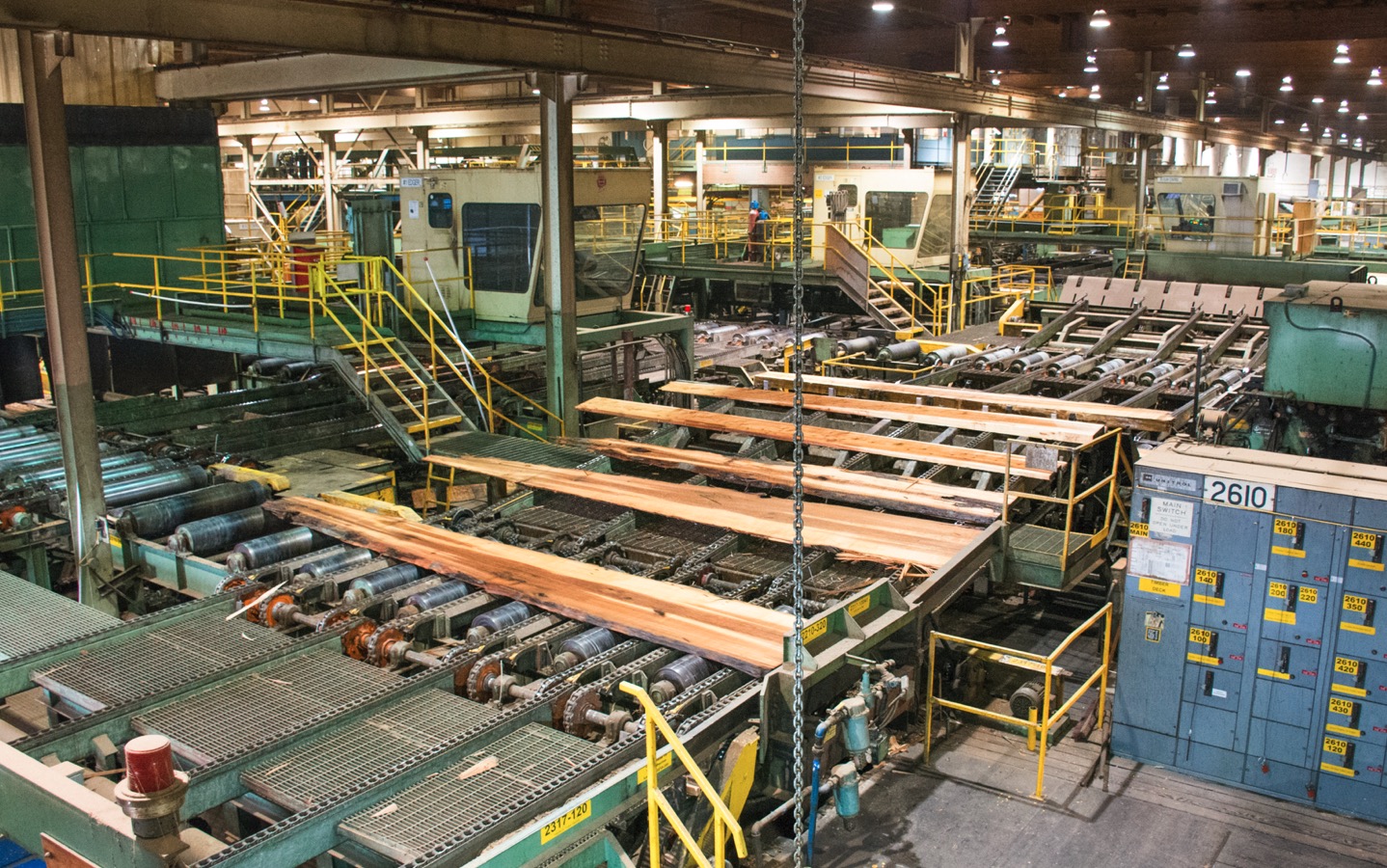
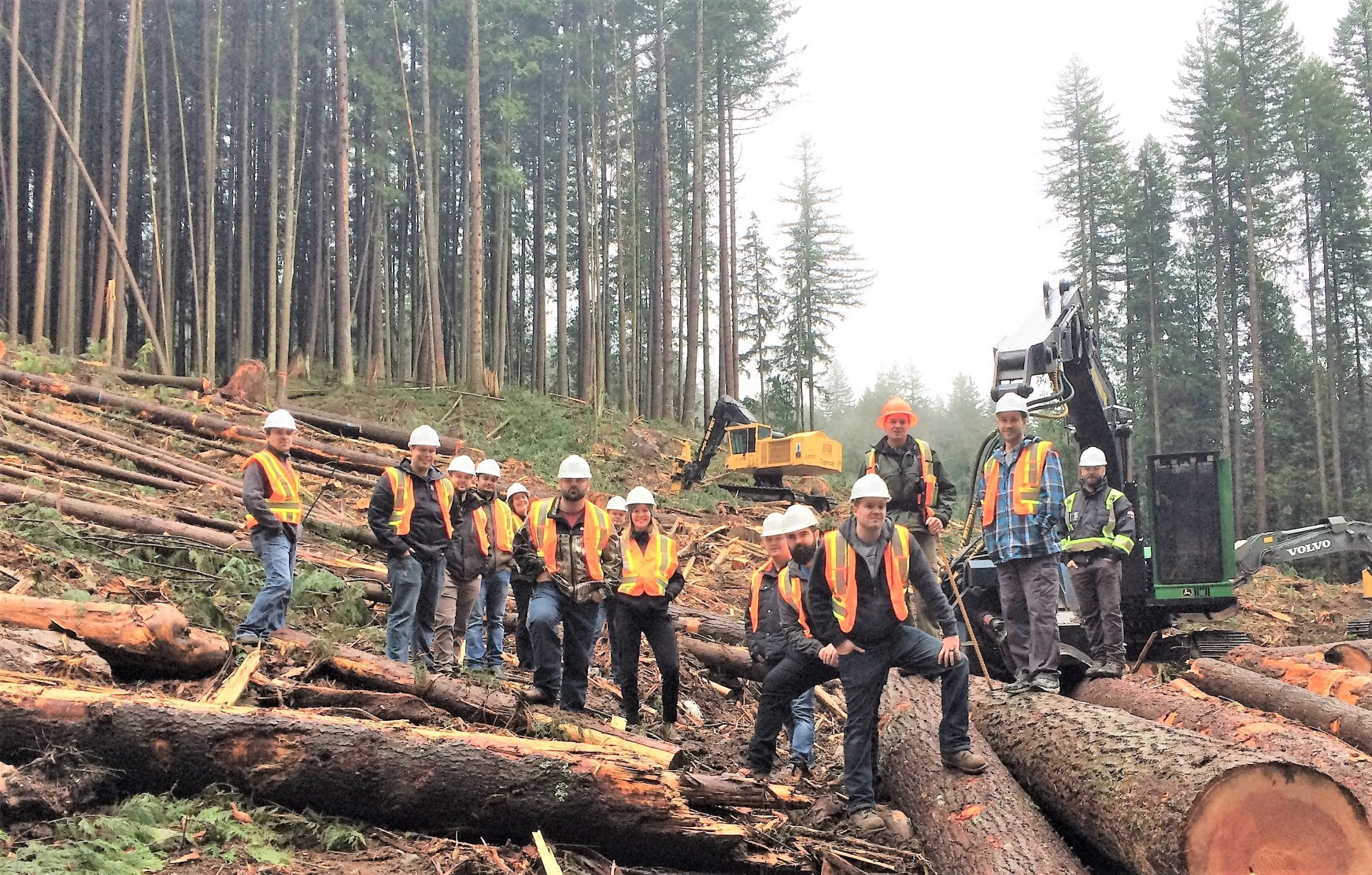
 In this newsletter you’ll find these stories and more:
In this newsletter you’ll find these stories and more:


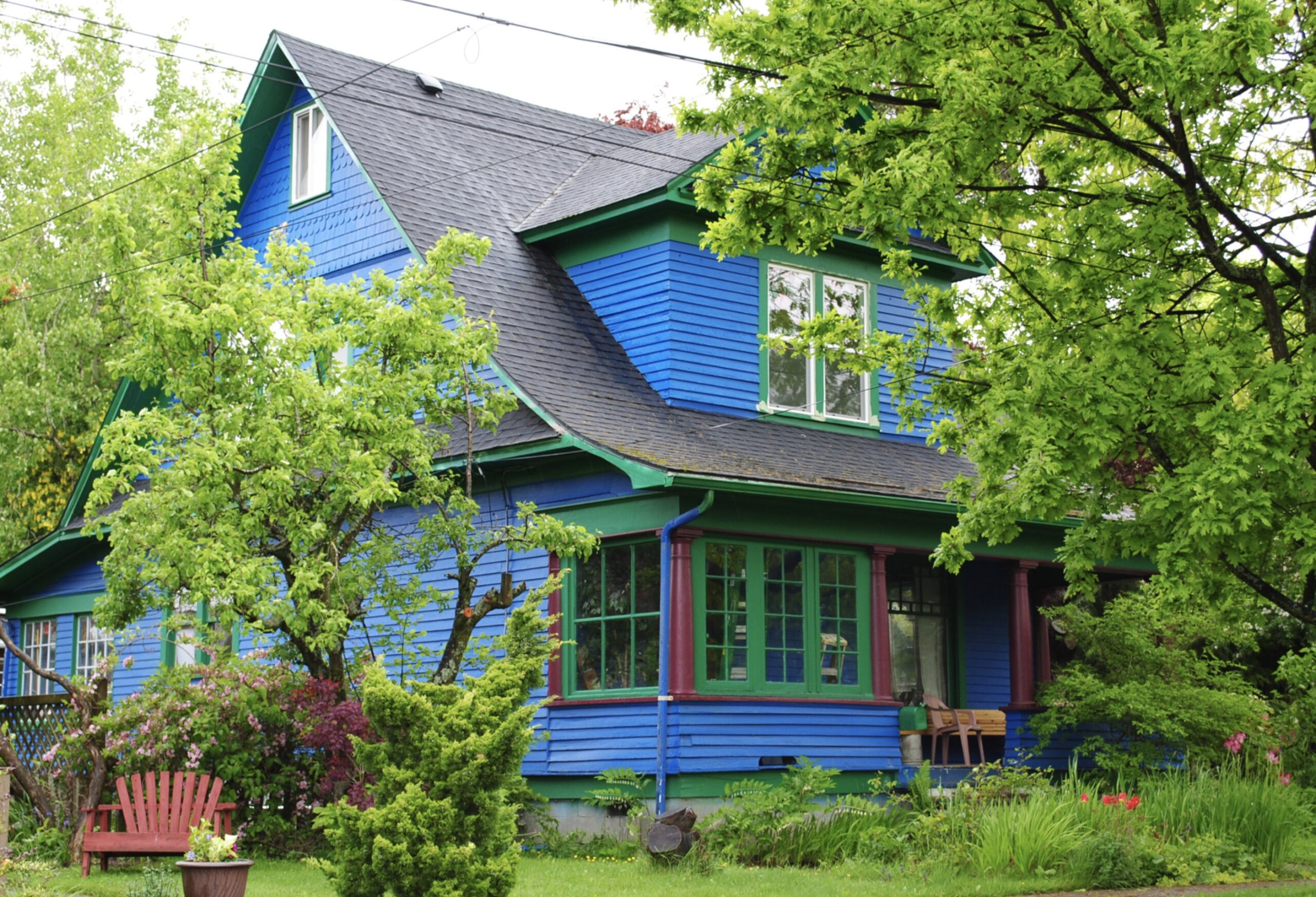 … Fires in Canada’s Wildland Urban Interface (WUI) are becoming more common as cities continue to sprawl, increasing the risk to structures. Regions across the country are grappling with the competing pressures of building housing and expanding industry, while climate change… continues to create hot, dry conditions that make wildfires more intense and frequent. A
… Fires in Canada’s Wildland Urban Interface (WUI) are becoming more common as cities continue to sprawl, increasing the risk to structures. Regions across the country are grappling with the competing pressures of building housing and expanding industry, while climate change… continues to create hot, dry conditions that make wildfires more intense and frequent. A 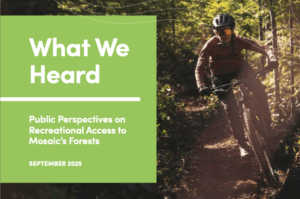 Mosaic Forest Management has clearly heard that communities value their outdoor access. After receiving what the company calls an “overwhelming” response to a survey, they will be moving forward with next steps on improving its recreation program. The survey garnered 7,600 responses in 23 days. “What we heard was clear. Communities value access to the outdoors and want more and better opportunities to do so,” said Mosaic’s CEO Duncan Davies (see report titled
Mosaic Forest Management has clearly heard that communities value their outdoor access. After receiving what the company calls an “overwhelming” response to a survey, they will be moving forward with next steps on improving its recreation program. The survey garnered 7,600 responses in 23 days. “What we heard was clear. Communities value access to the outdoors and want more and better opportunities to do so,” said Mosaic’s CEO Duncan Davies (see report titled 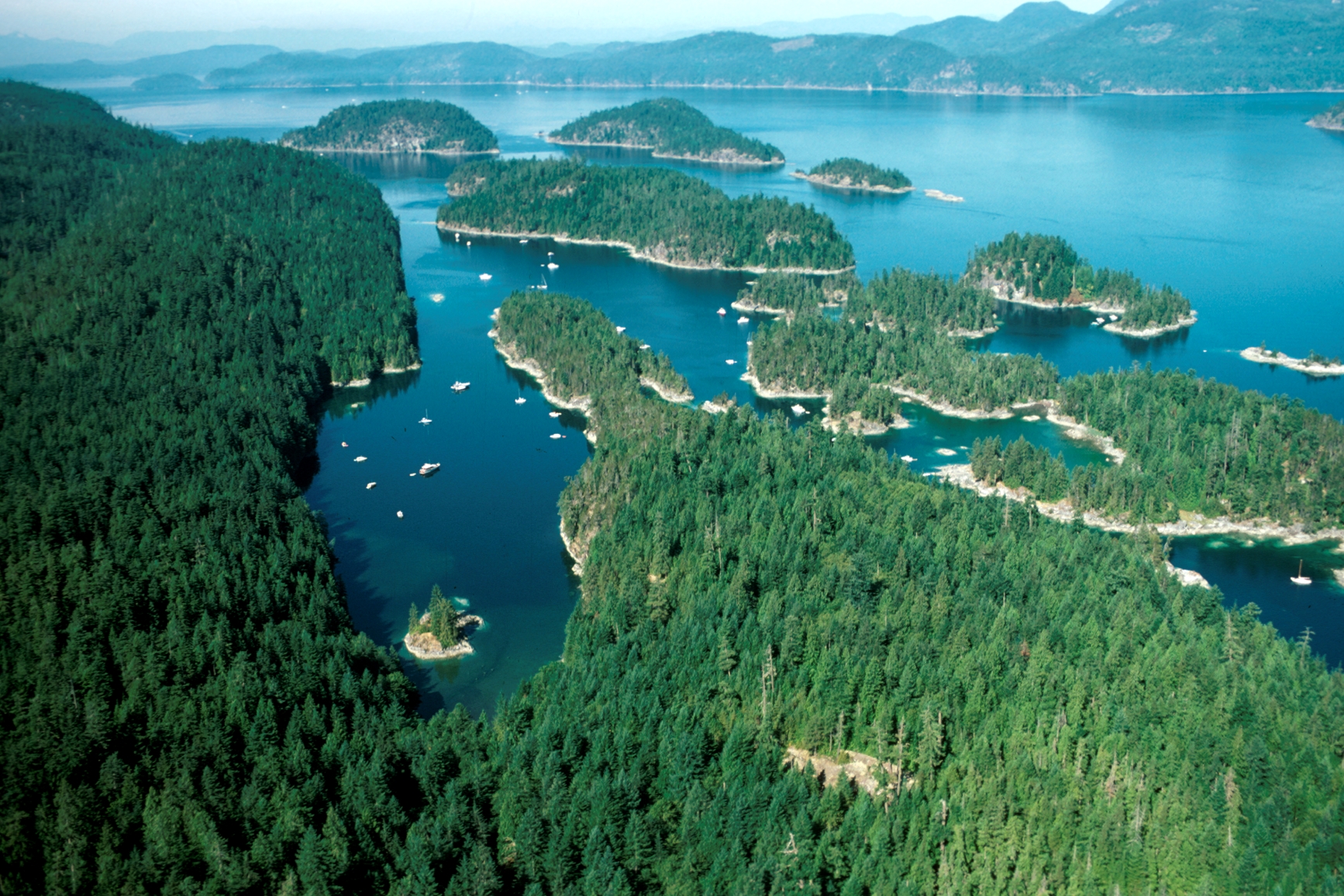
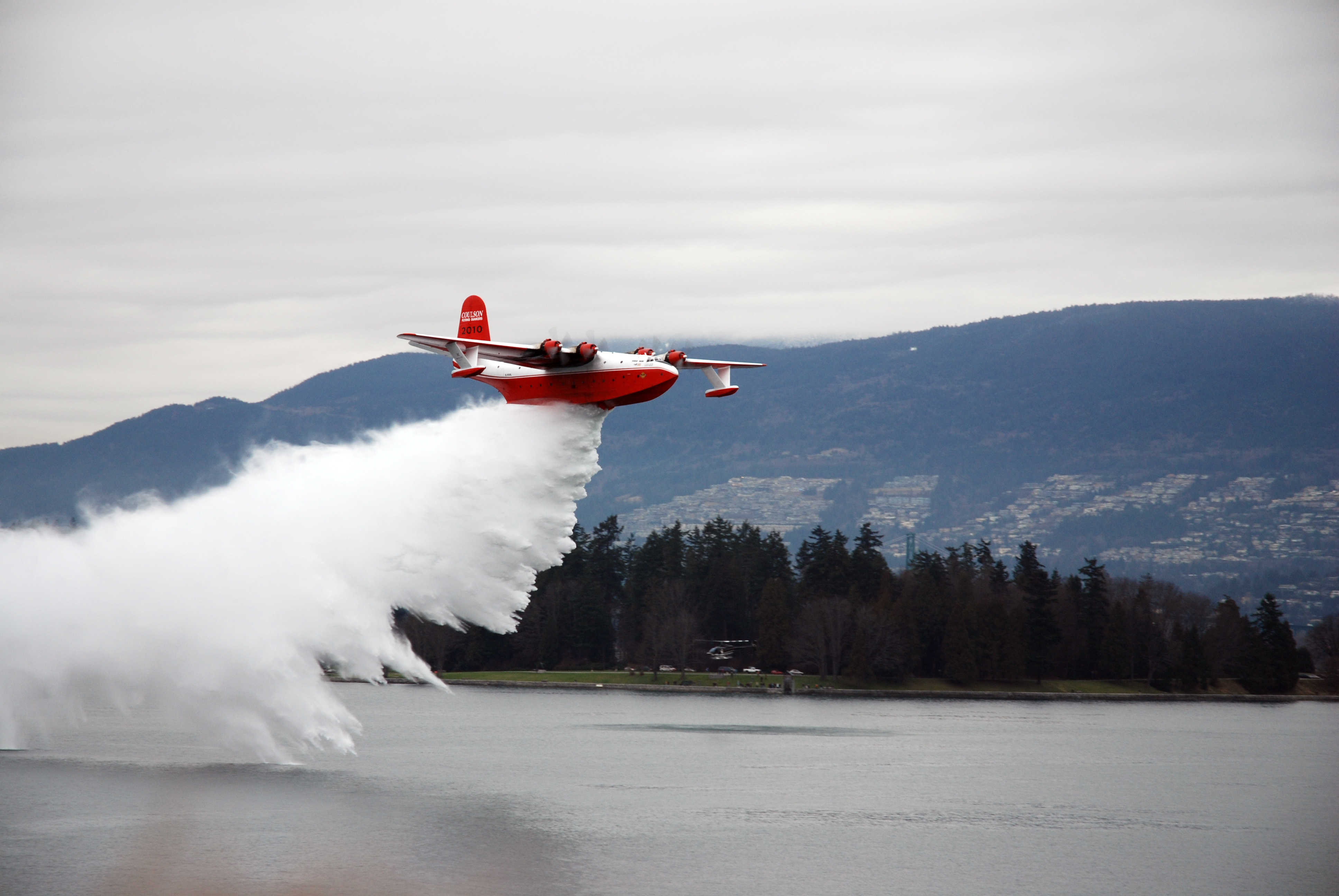 People should continue to use caution and take steps to be prepared by staying up to date on current conditions, following fire prohibitions and being Firesmart, as the risk of wildfire is expected to continue into fall. The BC Wildfire Service’s fall seasonal outlook forecasts ongoing wildfire risk for much of the province, especially in the Cariboo and southwestern Interior. Convective thunderstorms typically decrease as fall approaches; however, despite a lower likelihood of wildfires due to lightning, human-caused wildfires remain a risk. Until the southern coast shifts to a stormier fall-like pattern and the Prince George and Kamloops fire centres receive substantial rainfall, the wildfire danger ratings will continue to be elevated. As a result of the late summer’s record-breaking heat wave, combined with ongoing drought, people in B.C. are encouraged to be prepared for the risk of wildfire this fall.
People should continue to use caution and take steps to be prepared by staying up to date on current conditions, following fire prohibitions and being Firesmart, as the risk of wildfire is expected to continue into fall. The BC Wildfire Service’s fall seasonal outlook forecasts ongoing wildfire risk for much of the province, especially in the Cariboo and southwestern Interior. Convective thunderstorms typically decrease as fall approaches; however, despite a lower likelihood of wildfires due to lightning, human-caused wildfires remain a risk. Until the southern coast shifts to a stormier fall-like pattern and the Prince George and Kamloops fire centres receive substantial rainfall, the wildfire danger ratings will continue to be elevated. As a result of the late summer’s record-breaking heat wave, combined with ongoing drought, people in B.C. are encouraged to be prepared for the risk of wildfire this fall.
 The District of 100 Mile House is refusing a proposed project that could see solar and wind farms built in the South Cariboo. During the Sept. 9 District of 100 Mile House Council meeting, around 50 people showed up to council to hear them deliberate about the Cariboo Wind and Solar Projects, which are a collection of wind and solar projects that are being proposed by MK Ince and Associates Ltd. …In a letter to the district, Tyrell Law, who is the current manager of the 100 Mile Community Forest, said that the project significantly overlaps with the Community Forest areas. The 100 Mile Community Forest is around 18,000 hectares in size and is managed by the 100 Mile Development Corporation. The proposal comprises around 730 hectares of the community forest. Law said that while Ince is partially correct to say that the area had been recently harvested and was in a plantation, it is more complicated than that.
The District of 100 Mile House is refusing a proposed project that could see solar and wind farms built in the South Cariboo. During the Sept. 9 District of 100 Mile House Council meeting, around 50 people showed up to council to hear them deliberate about the Cariboo Wind and Solar Projects, which are a collection of wind and solar projects that are being proposed by MK Ince and Associates Ltd. …In a letter to the district, Tyrell Law, who is the current manager of the 100 Mile Community Forest, said that the project significantly overlaps with the Community Forest areas. The 100 Mile Community Forest is around 18,000 hectares in size and is managed by the 100 Mile Development Corporation. The proposal comprises around 730 hectares of the community forest. Law said that while Ince is partially correct to say that the area had been recently harvested and was in a plantation, it is more complicated than that. 
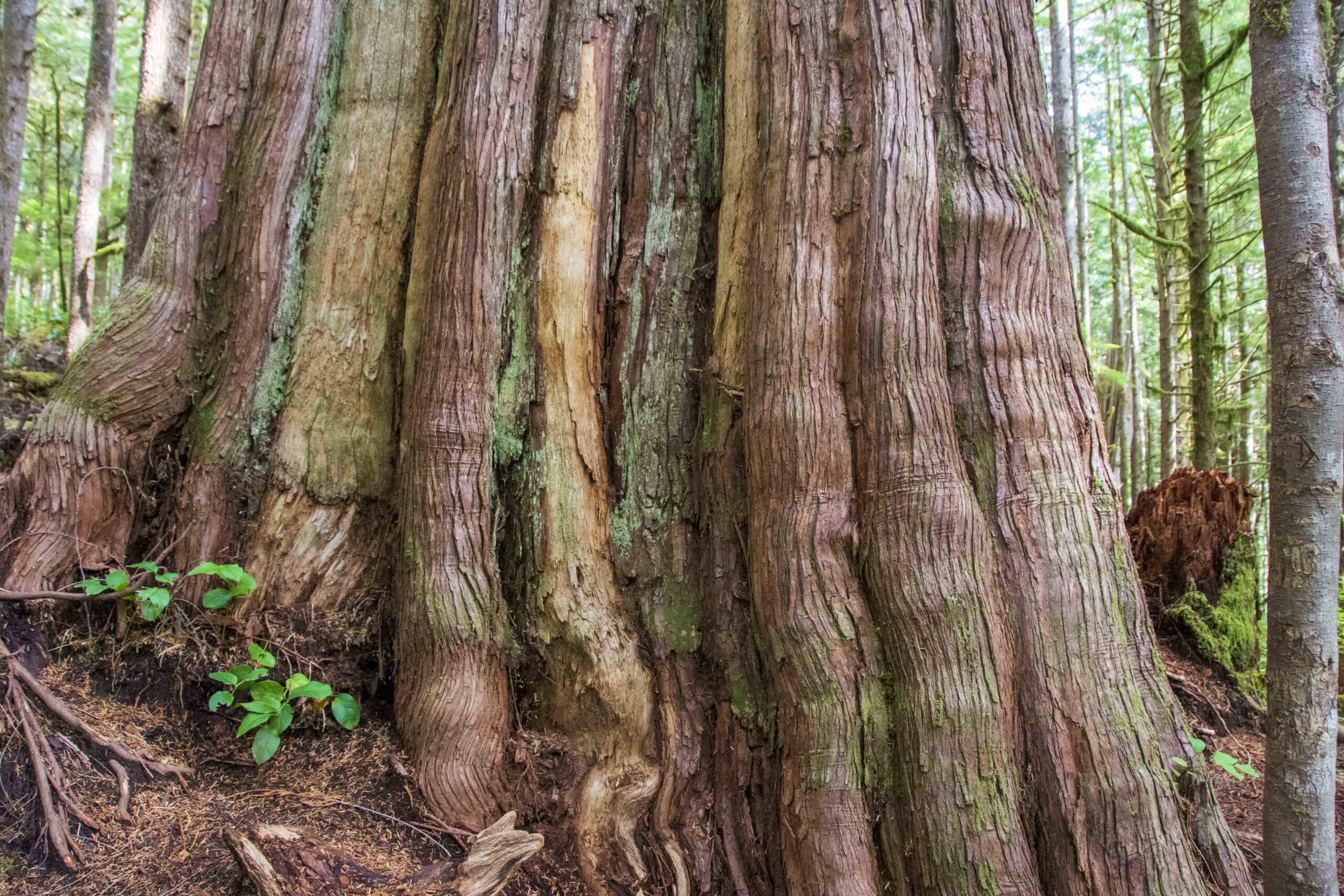 A shaggy, cool-green lichen hangs from the trunk of a tree in a forest on northeastern Vancouver Island. Lichenologist Trevor Goward has named it oldgrowth specklebelly. …Old-growth advocate Joshua Wright photographed oldgrowth specklebelly this summer in a forest about 400 kilometres northwest of Victoria. …Wright and Goward prize the forest in the Tsitika River watershed for its age and biodiversity, and a provincially appointed panel recommended that it be set aside from logging in 2021. But if a plan by the provincial logging agency, BC Timber Sales, goes ahead, the site will be auctioned for clearcut logging by the end of September. The area was stewarded by several Indigenous nations. …The plan to log it reveals differing opinions among Kwakwaka’wakw leaders on how to protect old-growth forests, while raising questions about which Aboriginal rights holders the BC government chooses to listen to, and why.
A shaggy, cool-green lichen hangs from the trunk of a tree in a forest on northeastern Vancouver Island. Lichenologist Trevor Goward has named it oldgrowth specklebelly. …Old-growth advocate Joshua Wright photographed oldgrowth specklebelly this summer in a forest about 400 kilometres northwest of Victoria. …Wright and Goward prize the forest in the Tsitika River watershed for its age and biodiversity, and a provincially appointed panel recommended that it be set aside from logging in 2021. But if a plan by the provincial logging agency, BC Timber Sales, goes ahead, the site will be auctioned for clearcut logging by the end of September. The area was stewarded by several Indigenous nations. …The plan to log it reveals differing opinions among Kwakwaka’wakw leaders on how to protect old-growth forests, while raising questions about which Aboriginal rights holders the BC government chooses to listen to, and why. Drought and wildfire have become the rule rather than the exception and that is bad news for wildlife, for fish, and for British Columbians who rely on healthy watersheds. …over the past couple of decades we drained wetlands, straightened streams, logged forests, built highways, and ripped millions of beavers from the landscape. The result is dry forests, destructive fire seasons, and choking smoke … every summer. Dry riverbeds are unable to support salmon populations, or any wildlife for that matter. A dewatered landscape is a towering forest of matchsticks waiting to burn. … So, how do we get from here to there? Fortunately, some of the answers are simple, natural, and inexpensive. …Prescribed and cultural burning helps restore native grassland and shrub-steppe ecosystems providing improved forage for large mammals. …BCWF’s 10,000 Wetlands Project has recently installed more than 100 beaver dam analogues and dozens of post-assisted log structures…
Drought and wildfire have become the rule rather than the exception and that is bad news for wildlife, for fish, and for British Columbians who rely on healthy watersheds. …over the past couple of decades we drained wetlands, straightened streams, logged forests, built highways, and ripped millions of beavers from the landscape. The result is dry forests, destructive fire seasons, and choking smoke … every summer. Dry riverbeds are unable to support salmon populations, or any wildlife for that matter. A dewatered landscape is a towering forest of matchsticks waiting to burn. … So, how do we get from here to there? Fortunately, some of the answers are simple, natural, and inexpensive. …Prescribed and cultural burning helps restore native grassland and shrub-steppe ecosystems providing improved forage for large mammals. …BCWF’s 10,000 Wetlands Project has recently installed more than 100 beaver dam analogues and dozens of post-assisted log structures… The Osoyoos Indian Band is kicking off its first commercial thinning silviculture treatment via Siya Forestry. In the project 28 kilometres northeast of Oliver, select trees will be harvested while the strongest will remain left to grow in the OIB First Nations woodland licence area. …Siya Forestry, the OIB-owned new company, said it aims to care for the land through stewardship, balance, and responsibility. “This is a great pilot project and hopefully it will lead to a bigger program within the Osoyoos Indian Band’s traditional territory,” said Luke Robertson, Siya Forestry, operations supervisor, in the press release.
The Osoyoos Indian Band is kicking off its first commercial thinning silviculture treatment via Siya Forestry. In the project 28 kilometres northeast of Oliver, select trees will be harvested while the strongest will remain left to grow in the OIB First Nations woodland licence area. …Siya Forestry, the OIB-owned new company, said it aims to care for the land through stewardship, balance, and responsibility. “This is a great pilot project and hopefully it will lead to a bigger program within the Osoyoos Indian Band’s traditional territory,” said Luke Robertson, Siya Forestry, operations supervisor, in the press release. The Coastal Fire Centre is lifting the campfire ban for the Campbell River, North Island and Sunshine Coast forest districts as of Sept. 17 at noon. Due to declining fire danger ratings on the northern part of Vancouver Island, the Province has chosen to re-allow campfires and other small fires in the area. Campfires will remain prohibited for the rest of the Coastal Fire Centre, with the exception of the Haida Gwaii Forest District. The activities that will be allowed also include the use of sky lanterns, wood-fired hot tubs, pizza ovens and other devices that are not vented through a flue or are incorporated into buildings. Category 2 and 3 open fires remain prohibited throughout the Coastal Fire Centre, which includes backyard burning, industrial burning, fireworks, burn barrels and burn cages. These restrictions will remain in place until 12:00 (noon), PDT, on Friday October 31, 2025, or until the order is rescinded.
The Coastal Fire Centre is lifting the campfire ban for the Campbell River, North Island and Sunshine Coast forest districts as of Sept. 17 at noon. Due to declining fire danger ratings on the northern part of Vancouver Island, the Province has chosen to re-allow campfires and other small fires in the area. Campfires will remain prohibited for the rest of the Coastal Fire Centre, with the exception of the Haida Gwaii Forest District. The activities that will be allowed also include the use of sky lanterns, wood-fired hot tubs, pizza ovens and other devices that are not vented through a flue or are incorporated into buildings. Category 2 and 3 open fires remain prohibited throughout the Coastal Fire Centre, which includes backyard burning, industrial burning, fireworks, burn barrels and burn cages. These restrictions will remain in place until 12:00 (noon), PDT, on Friday October 31, 2025, or until the order is rescinded.
 OTTAWA, ON – Canada’s emissions progress flatlined in 2024, according to the latest Early Estimate of National Emissions (EENE) from 440 Megatonnes, a project of the Canadian Climate Institute. With emissions essentially unchanged from 2023, at 694 megatonnes of carbon dioxide-equivalent (Mt), the new data shows that previous years’ improvements have stalled. Further, emissions trends indicate Canada’s 2030 emissions reduction target is now out of reach given weakening policy momentum across the country. That’s despite years of disruptive and costly wildfires, extreme weather and other climate-related disasters that increasingly threaten Canadians’ security and drive up the cost of living. …While some sectors—including electricity and buildings—continued to cut emissions in 2024, progress was modest and more than countered by rising emissions from oil and gas, particularly oil sands production.
OTTAWA, ON – Canada’s emissions progress flatlined in 2024, according to the latest Early Estimate of National Emissions (EENE) from 440 Megatonnes, a project of the Canadian Climate Institute. With emissions essentially unchanged from 2023, at 694 megatonnes of carbon dioxide-equivalent (Mt), the new data shows that previous years’ improvements have stalled. Further, emissions trends indicate Canada’s 2030 emissions reduction target is now out of reach given weakening policy momentum across the country. That’s despite years of disruptive and costly wildfires, extreme weather and other climate-related disasters that increasingly threaten Canadians’ security and drive up the cost of living. …While some sectors—including electricity and buildings—continued to cut emissions in 2024, progress was modest and more than countered by rising emissions from oil and gas, particularly oil sands production.